20 Traditional Dishes Found Only in Small Corners of the World
Traditional dishes from around the world offer a glimpse into the history and culture of different regions. Many of these meals are found in small corners of the world, often passed down through generations. They reflect the unique ingredients, techniques, and traditions that define a place. Some of these dishes have become symbols of their countries, while others remain beloved by locals and rarely seen outside their home regions.
This post may contain affiliate links, which helps keep this content free. Please read our disclosure for more info.
Mofongo (Puerto Rico)
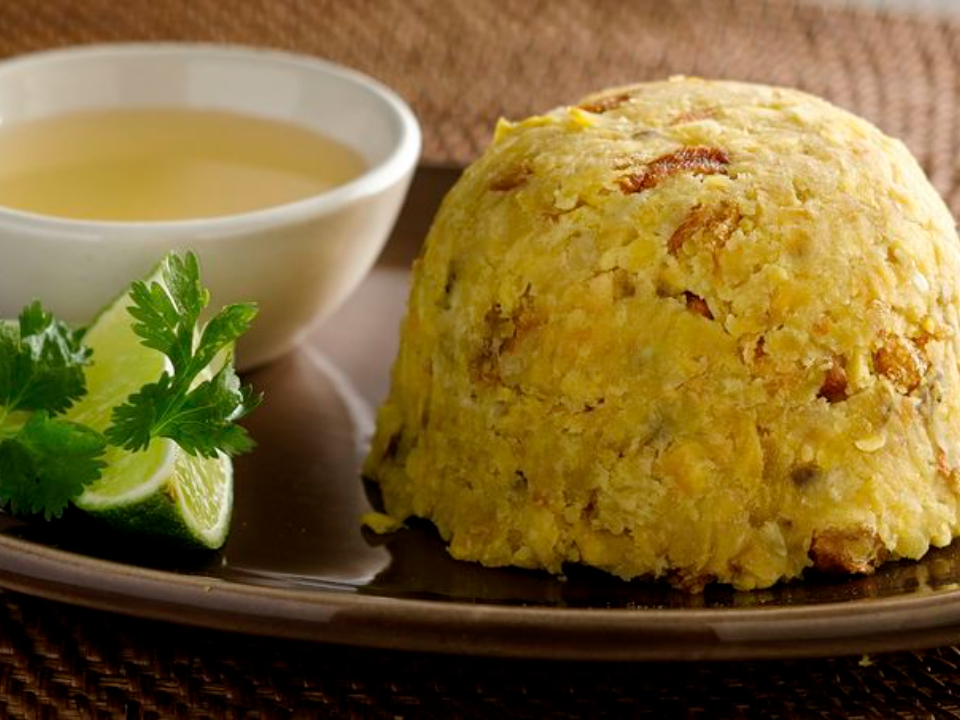
Mofongo is a traditional dish from Puerto Rico made with mashed plantains, garlic, olive oil, and pork cracklings. This dish is typically served with a savory broth and often accompanies meats such as chicken, shrimp, or beef. The plantains are fried before being mashed, giving the dish a unique texture and flavor. It is commonly enjoyed as a comfort food, especially during festive gatherings.
The origins of mofongo can be traced to African influences, brought to Puerto Rico by enslaved people. Over time, it became a symbol of Puerto Rican cuisine, offering both a history lesson and a hearty meal in one dish. In rural towns, the dish is prepared in local kitchens, reflecting the simplicity and richness of Puerto Rican culture.
Hákarl (Iceland)
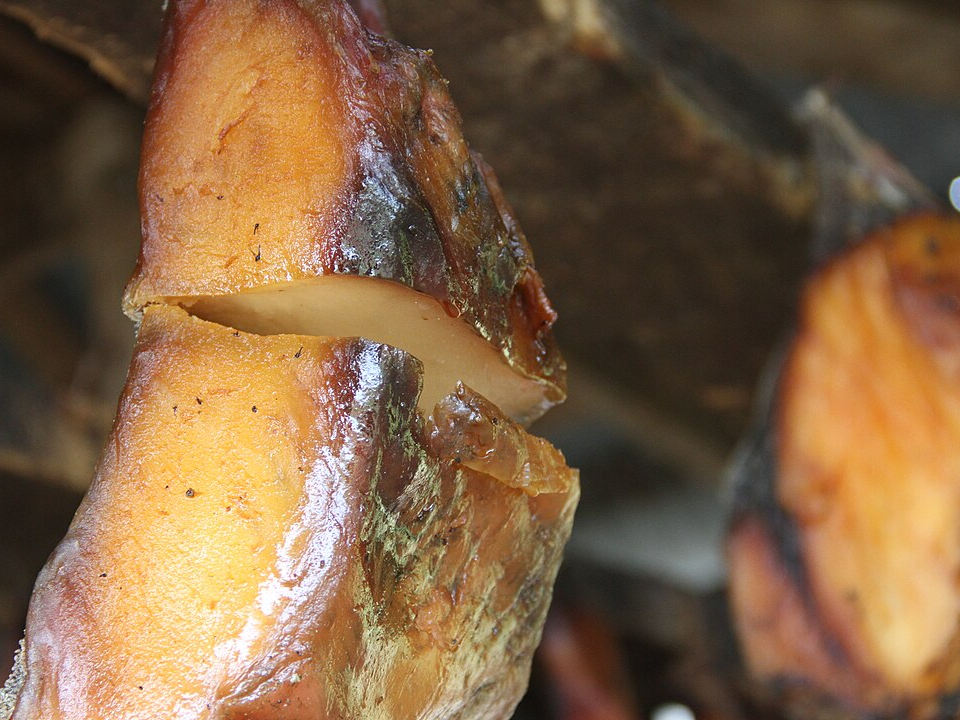
Hákarl is a unique Icelandic dish made from fermented Greenland shark. The meat is first buried underground for several months and then hung to dry, a process that gives it a strong ammonia-like odor. The shark’s meat is poisonous when fresh, which is why fermentation is crucial for making it safe to eat. This dish is typically served in small, bite-sized pieces to those brave enough to try it.
Despite its overwhelming smell, hákarl is considered a delicacy by many Icelanders. It is often served with a shot of Icelandic schnapps called Brennivin, which helps balance the dish’s potent flavor. Although it is not widely consumed outside of Iceland, hákarl remains an important part of the country’s culinary heritage, especially during traditional feasts.
Fried Tarantulas (Cambodia)
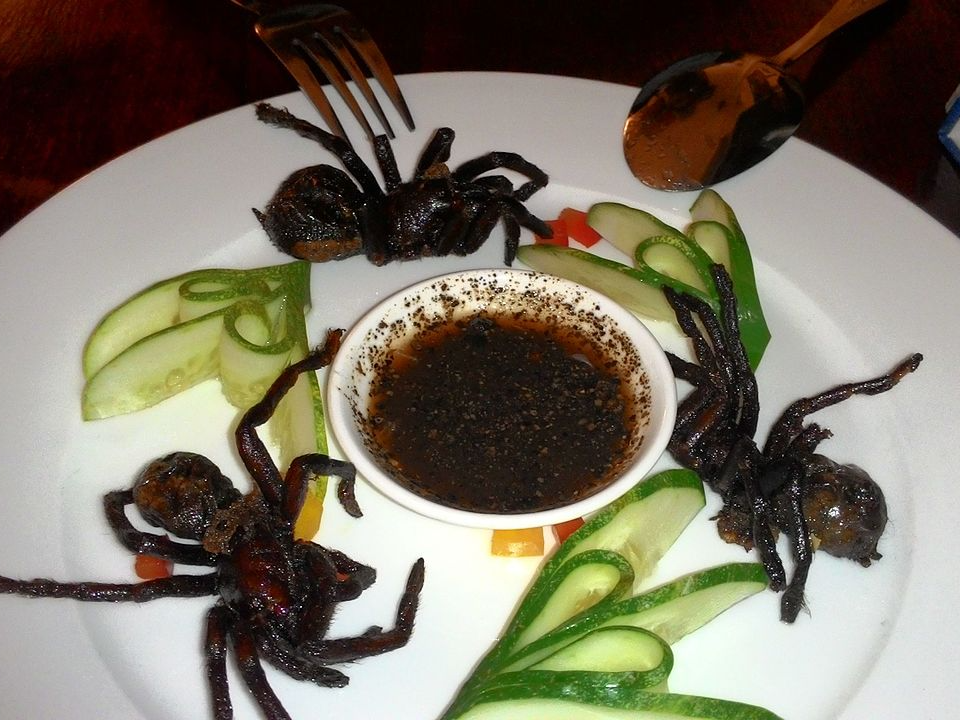
Fried tarantulas are a popular street food in Cambodia, often sold by vendors throughout the country. The spiders are deep-fried until crispy, and they are typically seasoned with garlic and salt. When eaten, the legs and body are crispy, and the inside has a soft, somewhat chewy texture. The dish is enjoyed as a snack or appetizer and is often accompanied by a dipping sauce.
In Cambodia, fried tarantulas became a popular dish during times of famine when people had to find alternative food sources. Over the years, it has become a curious delicacy for adventurous eaters and tourists. While it is more common in rural areas, it has recently made its way into urban restaurants, offering a unique culinary experience.
Beshbarmak (Kazakhstan)
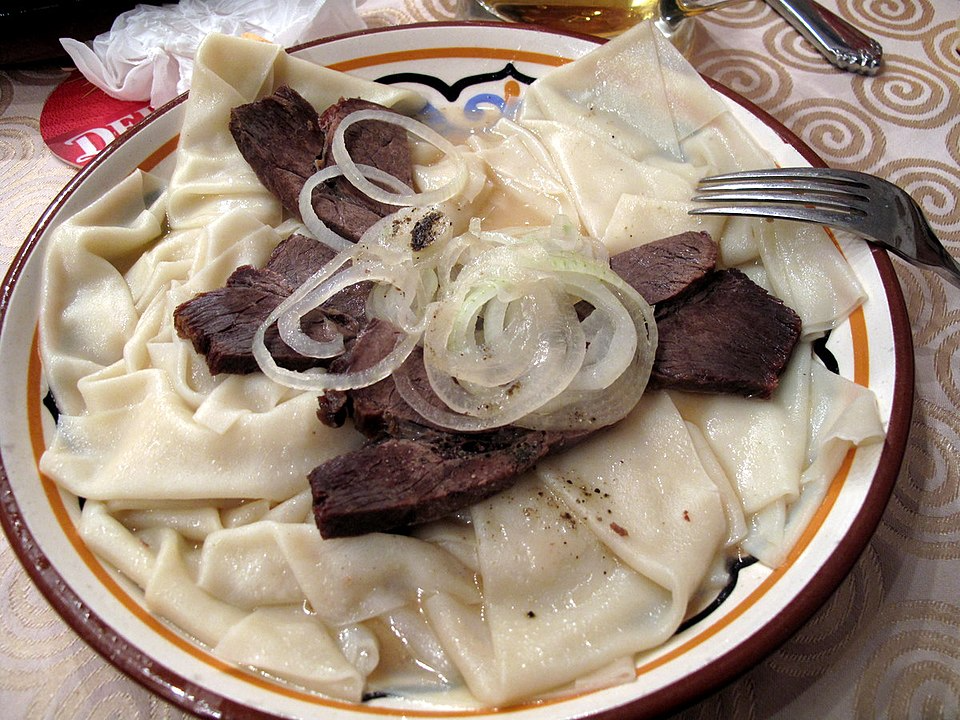
Beshbarmak is considered the national dish of Kazakhstan. The dish consists of boiled meat, usually lamb or beef, which is served over wide, flat noodles. The name “beshbarmak” translates to “five fingers” in Kazakh, referencing the traditional way of eating the dish with your hands. It is often served with a side of onion broth, which adds depth and richness to the meal.
This dish holds great cultural significance in Kazakhstan and is commonly served during celebrations and family gatherings. It has roots in nomadic traditions, where it was prepared over an open fire and eaten in large communal servings. Beshbarmak’s hearty nature makes it a perfect dish for bringing people together to share a meal and a conversation.
Poutine (Canada)
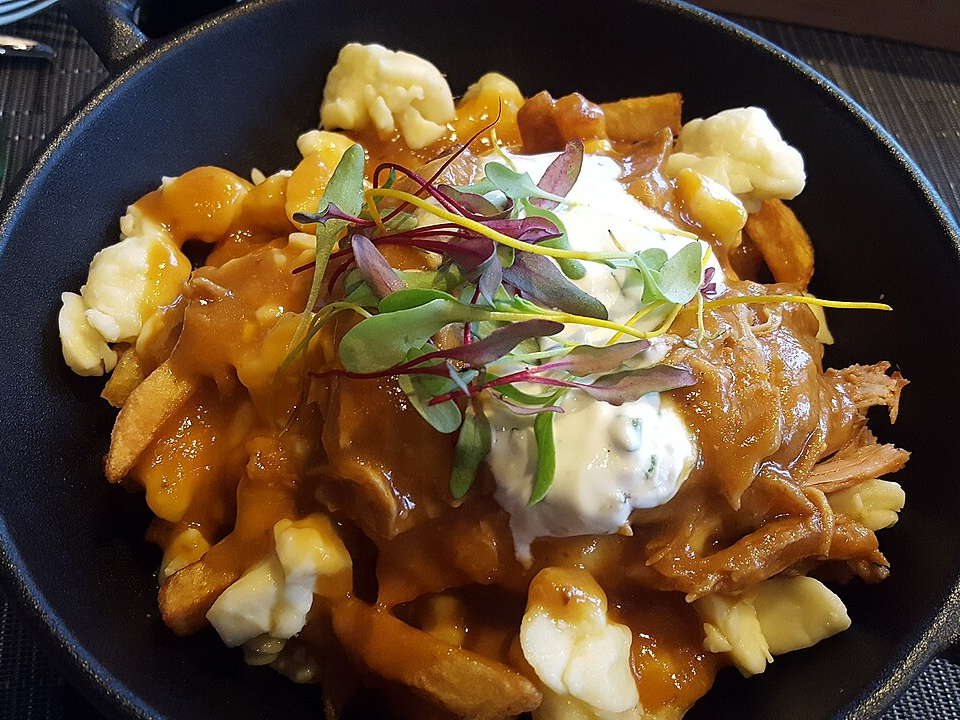
Poutine is a beloved dish originating from Quebec, Canada. It consists of crispy fries topped with cheese curds and smothered in rich, brown gravy. The combination of textures—crispy fries, melty cheese, and savory gravy—has made it a comfort food favorite across Canada. Though it originated in Quebec, poutine has spread throughout the country and even beyond, though it is still considered a distinctly Canadian dish.
Historically, poutine was created as a late-night snack for workers and truck drivers in rural Quebec during the 1950s. Over time, it evolved, with variations such as “tourtière” (meat pie) poutine or “pulled pork” poutine gaining popularity. While it is often considered a guilty pleasure, poutine’s delicious combination of flavors makes it a must-try for anyone visiting Canada.
Bánh Cuốn (Vietnam)
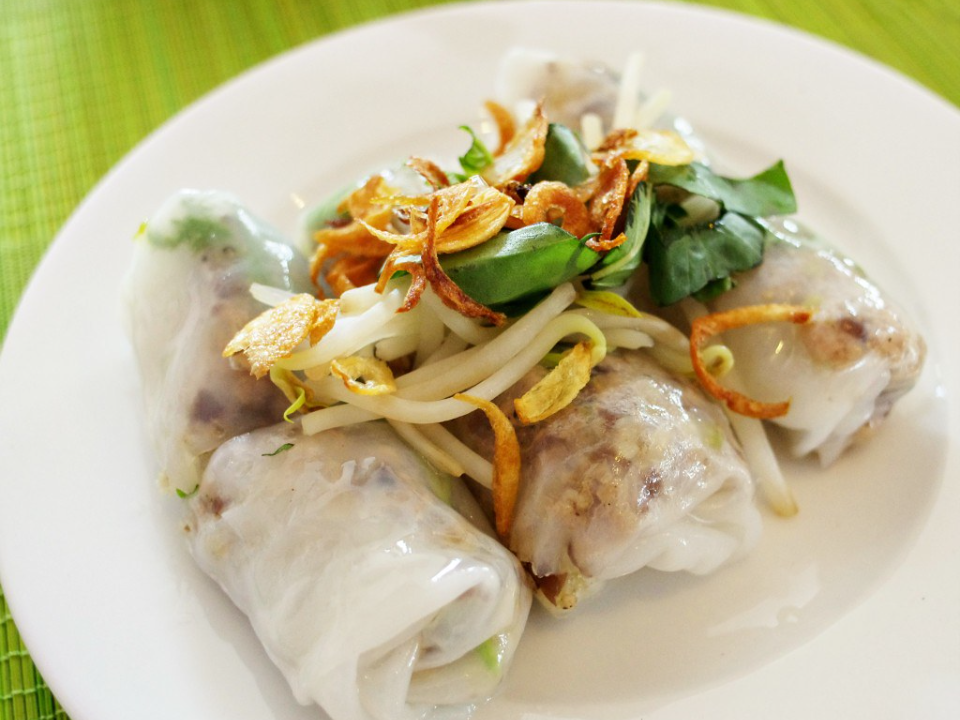
Bánh cuốn is a traditional Vietnamese dish consisting of thin, steamed rice flour pancakes filled with a savory mixture of minced pork, mushrooms, and shallots. The pancakes are delicately rolled and served with a side of nước chấm, a tangy fish sauce-based dipping sauce. It is typically enjoyed for breakfast or lunch and is often accompanied by fresh herbs and vegetables.
This dish is popular in the northern regions of Vietnam, where it has been a staple for centuries. It highlights the delicate balance of textures and flavors that are central to Vietnamese cuisine. The combination of soft pancakes, savory filling, and zesty sauce creates a perfect harmony that makes bánh cuốn beloved by locals and visitors alike.
Mandi (Yemen)
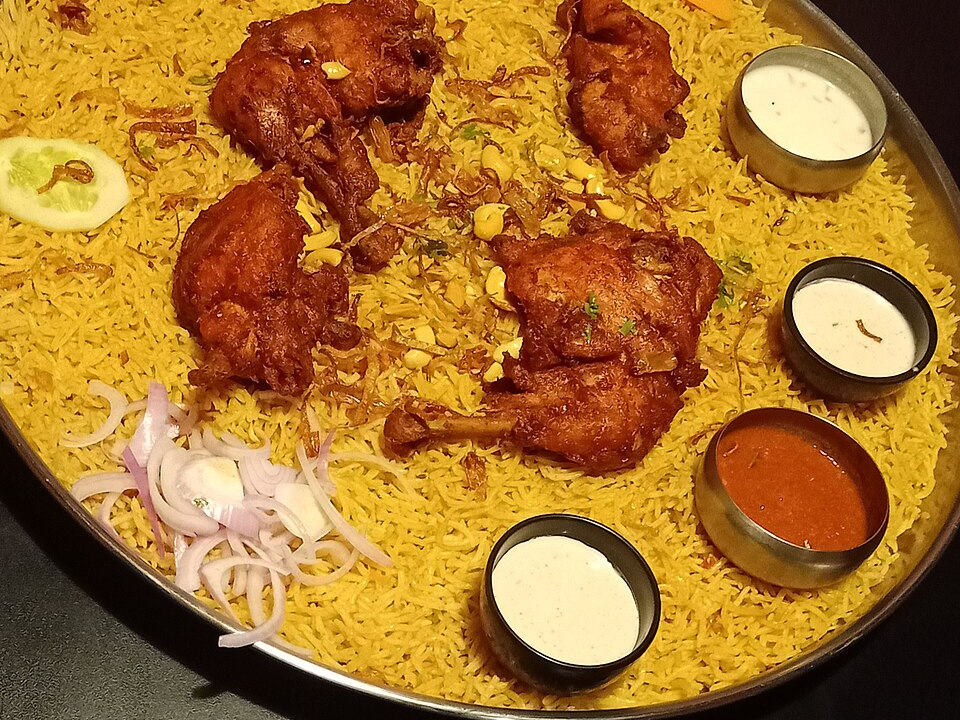
Mandi is a traditional Yemeni dish that consists of rice, meat (usually lamb or chicken), and a mixture of spices. The dish is typically prepared in a special clay pot, with the meat slow-cooked over a fire to absorb the aromatic flavors of the spices. Mandi is often served during special occasions and is considered a feast dish in Yemen.
The dish has deep roots in Bedouin culture and is a reflection of Yemen’s rich culinary traditions. It is served with a variety of side dishes such as salad and yogurt, which complement the richness of the rice and meat. Mandi’s smoky flavor, combined with the tender meat and perfectly cooked rice, makes it an unforgettable meal for anyone who tries it.
Sauerbraten (Germany)
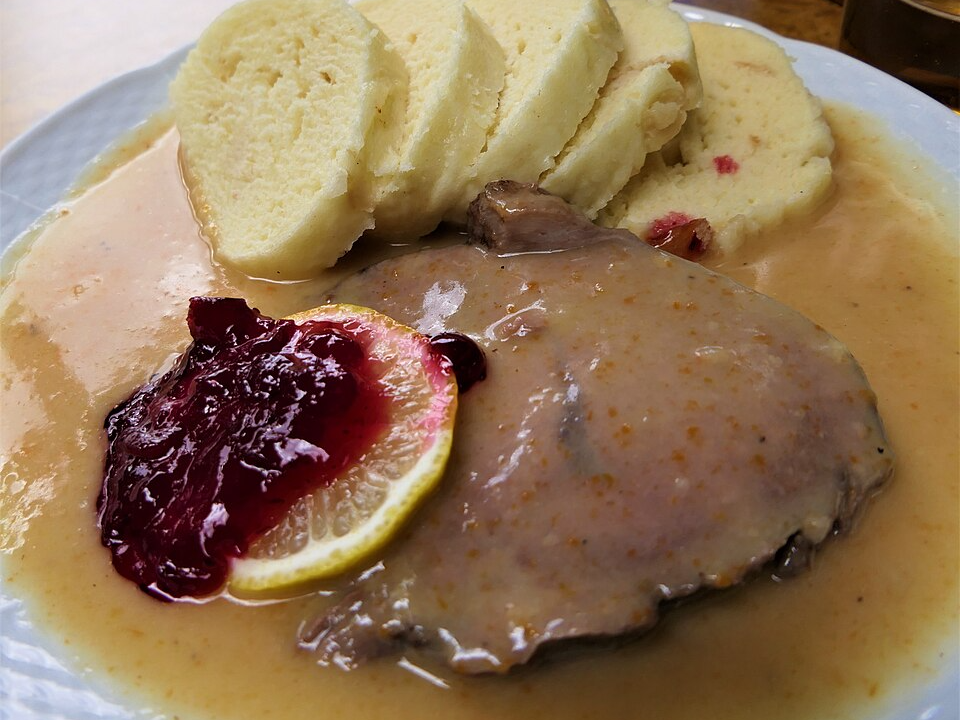
Sauerbraten is a traditional German pot roast made from beef, marinated for several days in a mixture of vinegar, water, onions, and spices. After marinating, the meat is slow-cooked to tenderness, resulting in a flavorful and juicy dish. It is often served with boiled potatoes, red cabbage, or sauerkraut, making it a comforting and hearty meal.
Sauerbraten has been a staple of German cuisine for centuries, with various regions adding their own twist to the recipe. The marinating process helps tenderize the meat while also infusing it with a rich, tangy flavor. Traditionally, it is enjoyed during family gatherings and special occasions, highlighting the communal nature of German dining culture.
Jollof Rice (Nigeria)
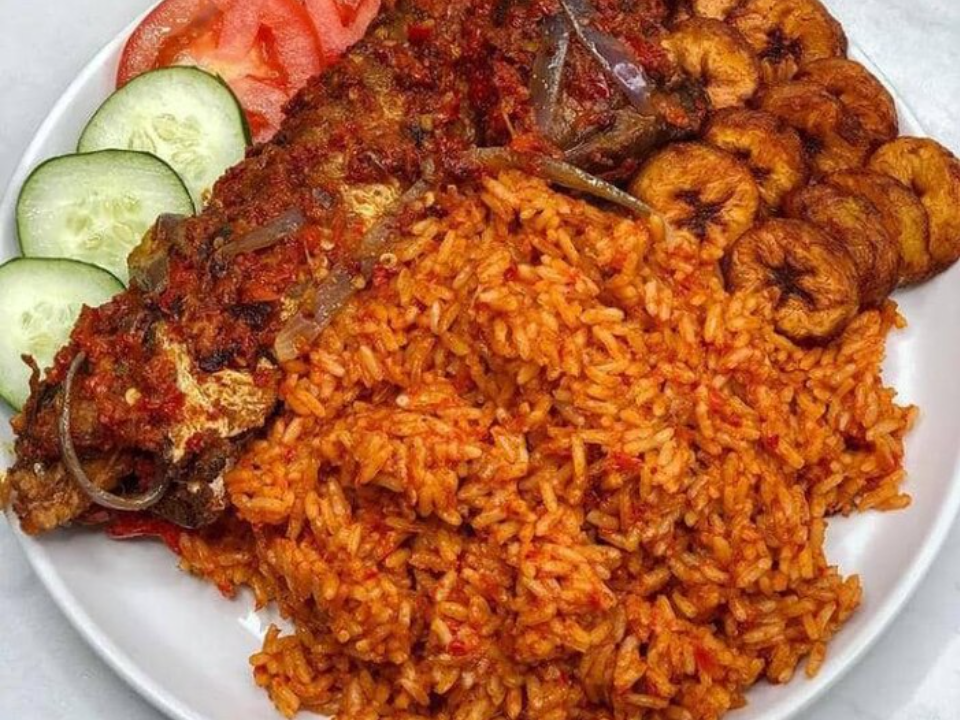
Jollof rice is a popular West African dish, especially in Nigeria. It is made by cooking rice in a flavorful tomato sauce, along with a blend of spices, including thyme, curry, and garlic. The dish is typically served with grilled meats, fried plantains, or fish, making it a festive and satisfying meal. Jollof rice is often a centerpiece at weddings, parties, and family gatherings.
The origins of Jollof rice can be traced back to the Senegambian region, but it has become a symbol of Nigerian cuisine. There are various regional versions of Jollof rice, with different levels of spiciness and ingredients. Regardless of the variation, the rich, aromatic flavor of Jollof rice makes it an iconic dish in many parts of Africa and beyond.
Kimchi (South Korea)
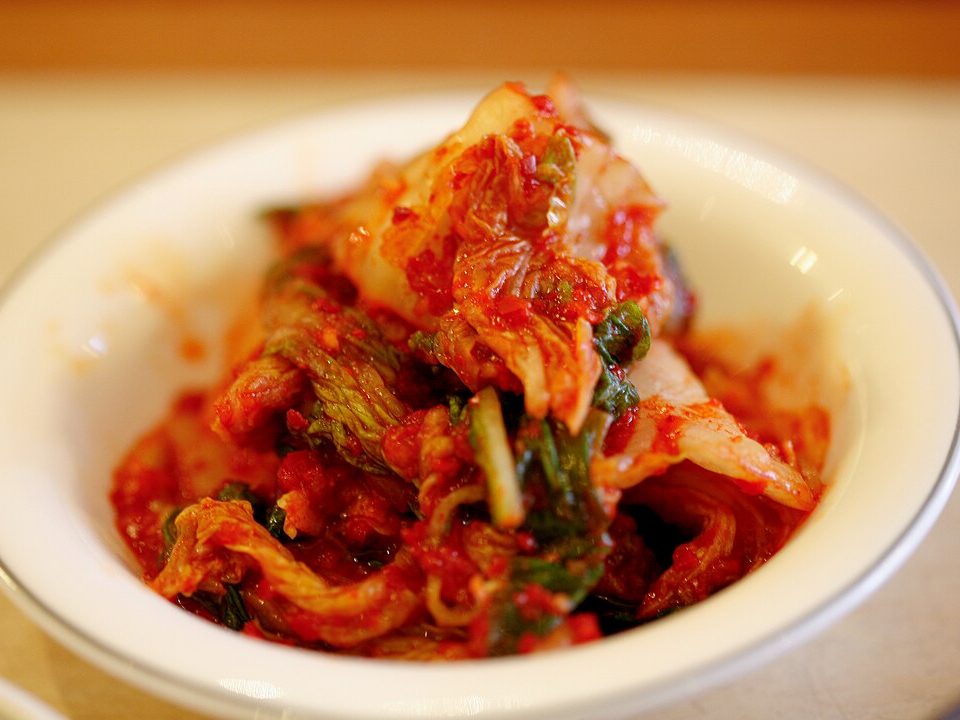
Kimchi is a famous Korean dish made from fermented vegetables, usually cabbage or radishes, that are seasoned with chili pepper, garlic, ginger, and fish sauce. The fermentation process not only enhances the flavors but also provides numerous health benefits due to the presence of probiotics. Kimchi is often served as a side dish with almost every Korean meal, adding a tangy, spicy kick.
The tradition of making kimchi dates back over a thousand years in Korea, and it is an essential part of the country’s culinary culture. Different regions in Korea have developed their own variations of kimchi, using different vegetables and spice mixtures. As a dish that pairs well with nearly every Korean meal, kimchi has gained international popularity and is now found in many global kitchens.
Lomo Saltado (Peru)
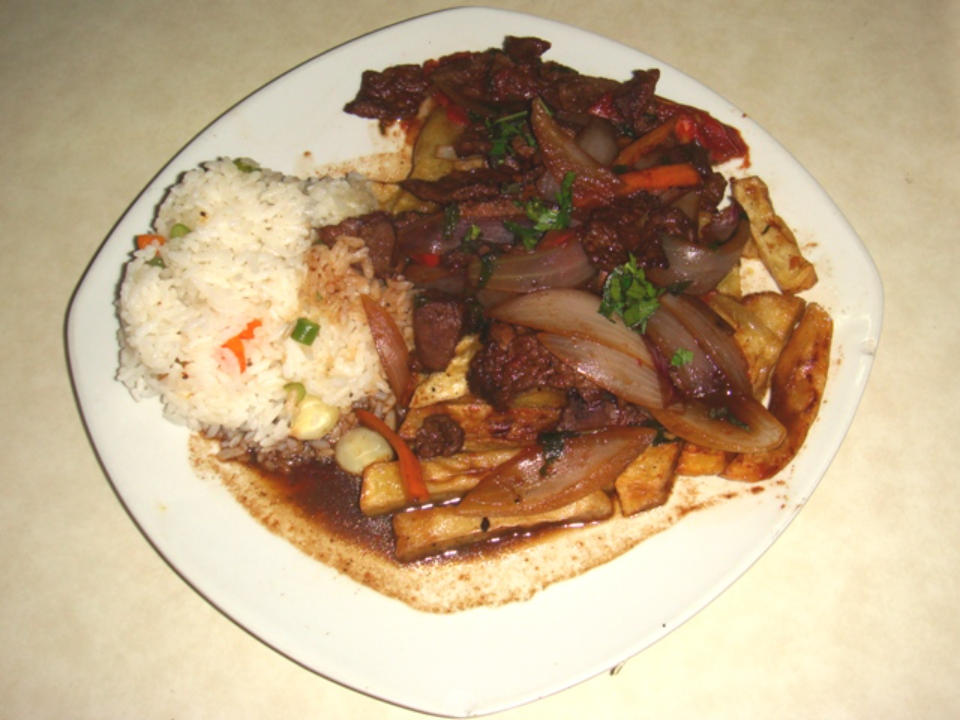
Lomo saltado is a vibrant and flavorful Peruvian dish that combines stir-fried beef, onions, tomatoes, and French fries, all tossed together in a savory soy sauce-based marinade. It is often served with a side of rice, making it a complete and filling meal. The dish reflects Peru’s rich culinary fusion, blending traditional Peruvian ingredients with Asian influences, particularly Chinese.
This dish is typically enjoyed during lunch or dinner and is beloved for its combination of savory, sweet, and salty flavors. It is commonly found in Peruvian homes and restaurants and is a favorite among locals. The use of French fries in a stir-fry might seem unusual, but it adds a satisfying crunch and an unexpected twist to the dish.
Bacalhau à Brás (Portugal)
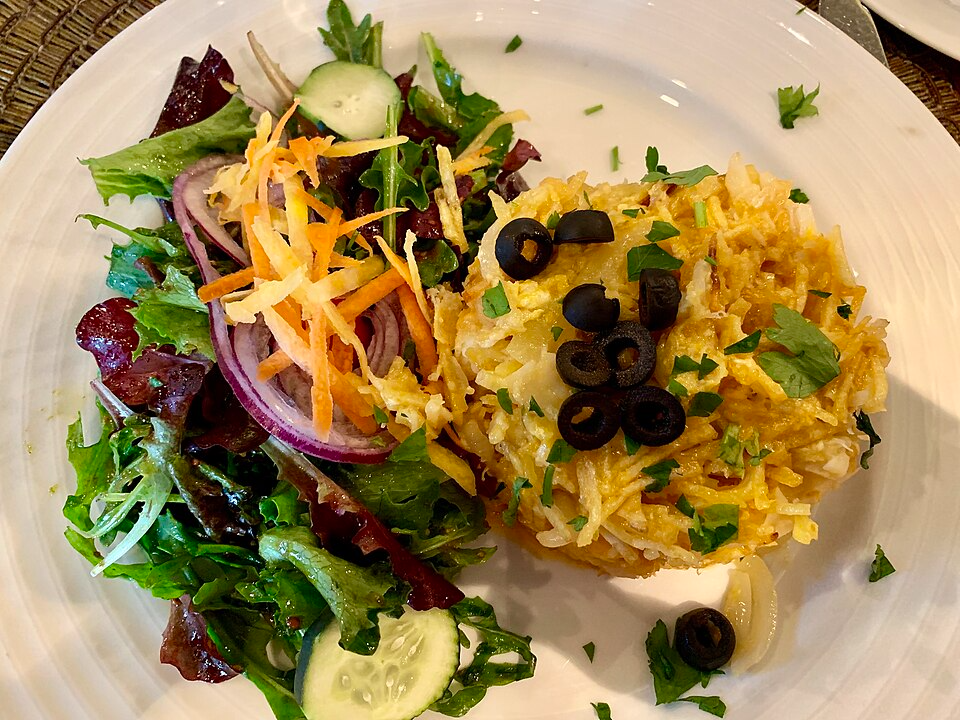
Bacalhau à Brás is a traditional Portuguese dish made with salted cod, fried potatoes, and scrambled eggs. The cod is typically shredded and mixed with the potatoes and eggs, creating a hearty and flavorful combination. It is often garnished with parsley and olives and served with a side of rice or a fresh salad.
Salted cod, or bacalhau, holds significant importance in Portuguese cuisine, and it is said that there are more than 365 ways to prepare it, one for each day of the year. Bacalhau à Brás is particularly popular during festive occasions, such as Christmas and Easter, but it is also enjoyed year-round. Its simple yet satisfying nature makes it a beloved dish across Portugal.
Ceviche (Peru)
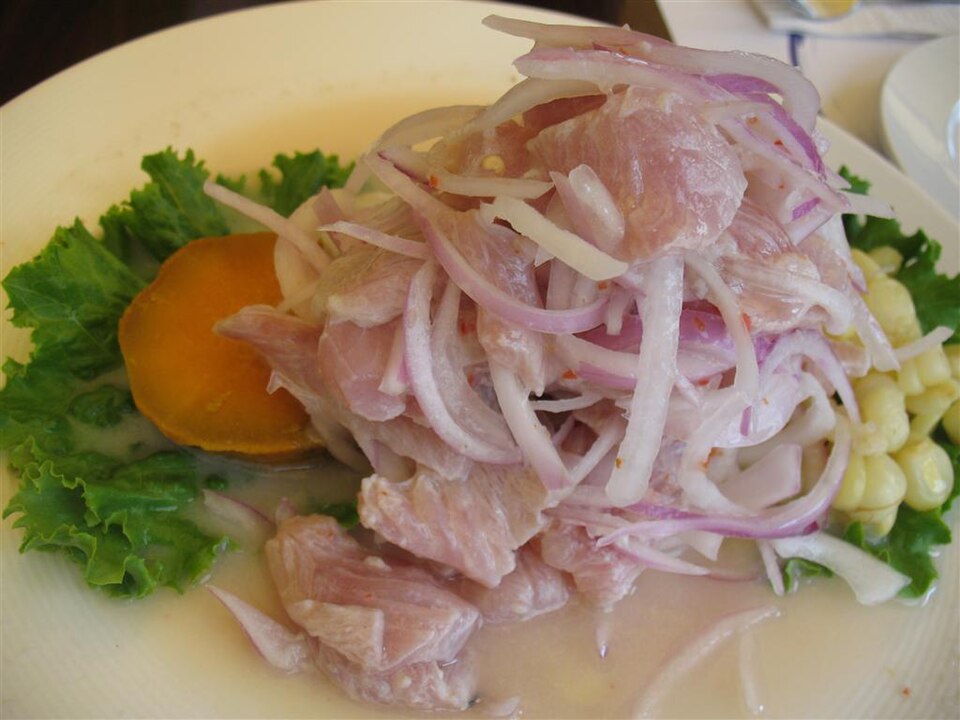
Ceviche is a fresh, tangy dish made with raw fish that is marinated in lime juice and mixed with onions, cilantro, and chili peppers. The acid from the lime juice “cooks” the fish, resulting in a refreshing, flavorful dish. Ceviche is often served as an appetizer and is typically accompanied by corn on the cob or crispy sweet potato.
Ceviche has a long history in Peru, where it is considered a national dish. The dish reflects Peru’s coastal culture, utilizing fresh seafood and vibrant, zesty ingredients. In addition to its popularity in Peru, ceviche has spread throughout Latin America, with variations in each country depending on local ingredients and flavor preferences.
Khash (Armenia)
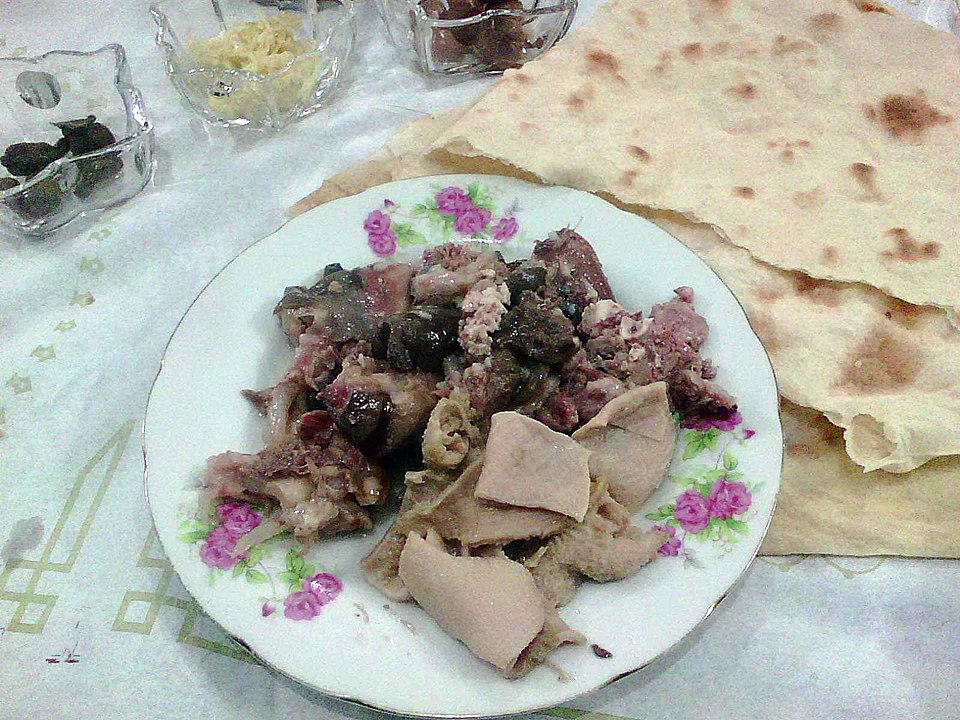
Khash is a traditional Armenian dish made from boiled cow’s feet, head, and tripe, all simmered for several hours. The dish is typically served with garlic, fresh herbs, and flatbread. Khash is considered a hearty and comforting meal, often eaten during the winter months or during significant celebrations such as New Year’s Eve.
Although it may sound unusual to some, Khash has deep cultural roots in Armenia and other parts of the Caucasus region. The slow cooking process gives the broth a rich, gelatinous texture, and the meat becomes incredibly tender. This dish is often enjoyed with family and friends, accompanied by toasts and stories, making it a symbol of Armenian hospitality.
Sarmale (Romania)
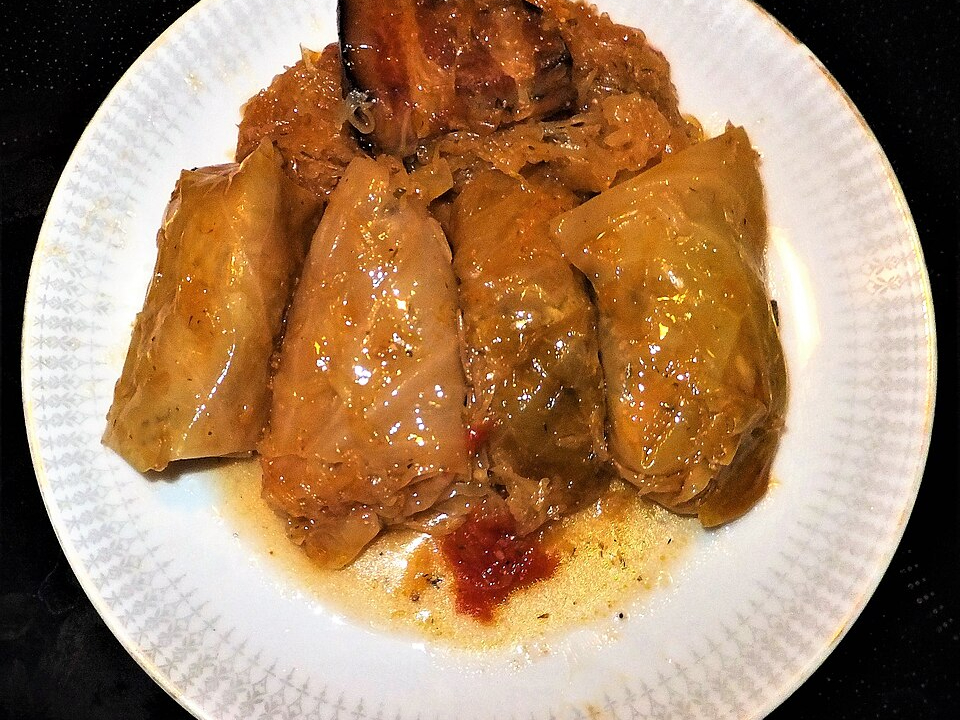
Sarmale is a traditional Romanian dish consisting of cabbage rolls filled with a mixture of ground pork, rice, and spices. The rolls are then slow-cooked in a tomato-based sauce, giving them a rich, flavorful taste. It is a hearty dish that is often served during the winter months and at major holidays such as Christmas and Easter.
The dish has roots in Eastern European cuisine, particularly from the Slavic traditions, and it has become a staple in Romanian kitchens. Sarmale is typically served with a dollop of sour cream and a side of polenta. The combination of savory meat, tangy cabbage, and rich sauce makes this dish a beloved favorite across Romania.
Pav Bhaji (India)
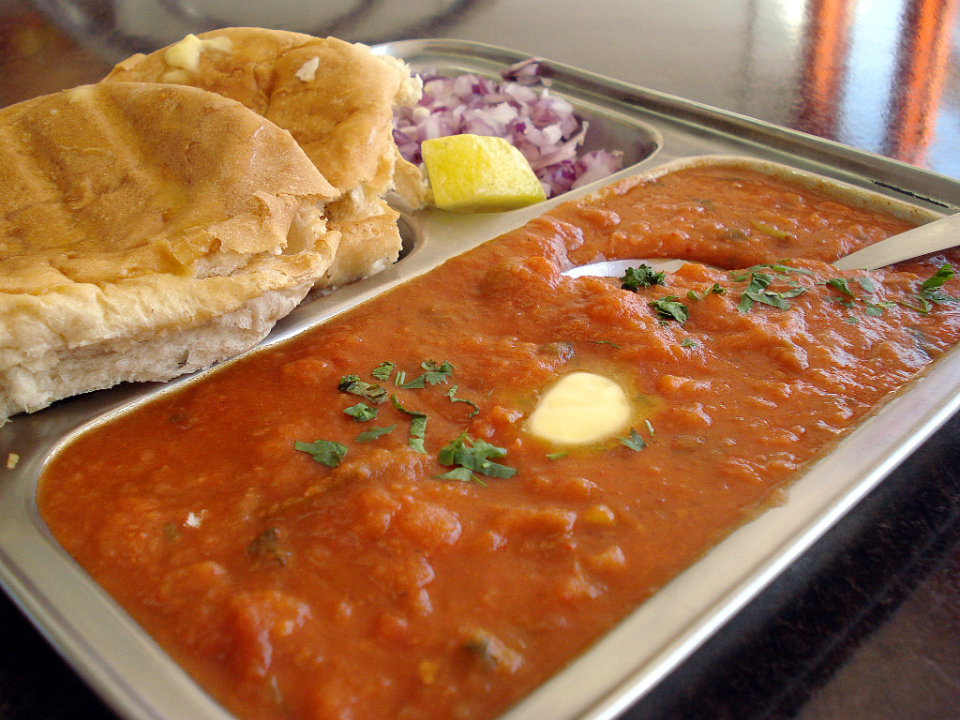
Pav bhaji is a popular street food in India, consisting of a spicy vegetable mash served with buttered bread rolls. The vegetables, including potatoes, tomatoes, peas, and carrots, are boiled and then cooked with a variety of spices to create a flavorful, thick mixture. The pav (bread rolls) are toasted in butter, which adds richness to the dish.
Pav bhaji originated in Mumbai as a quick meal for workers and has since become a favorite across India. It is often served with a side of chopped onions and a squeeze of lemon, which enhances the dish’s flavor. The dish has gained popularity in many parts of the world, making it a well-loved example of Indian street food.
Churrasco (Brazil)

Churrasco is a Brazilian barbecue tradition that involves grilling large cuts of meat, typically beef, pork, or chicken, on skewers over an open flame. The meat is often seasoned with just salt or a marinade of garlic, herbs, and spices. Churrasco is typically served with sides such as rice, beans, and farofa (toasted cassava flour).
The grilling technique used in churrasco is a centuries-old tradition that has been passed down through generations in Brazil. It is often associated with gatherings and celebrations, where large groups of people come together to enjoy the delicious, smoky flavors of the meat. Churrasco has become a cultural symbol of Brazilian cuisine, both in the country and abroad.
Jamaican Jerk Chicken (Jamaica)
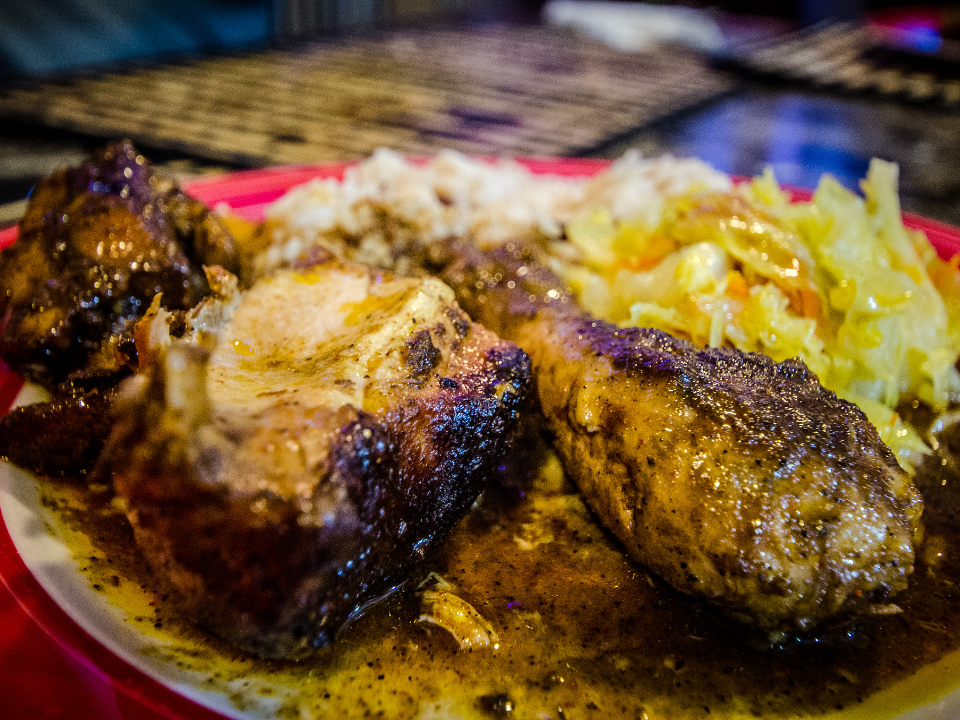
Jamaican jerk chicken is a spicy, smoky dish marinated with a blend of scotch bonnet peppers, thyme, and allspice. The chicken is slow-cooked over an open flame, which imparts a distinct smoky flavor. Jerk chicken is typically served with rice and peas or fried plantains, creating a flavorful and well-rounded meal.
The term “jerk” refers to the cooking method, which involves seasoning the meat and then grilling or smoking it. This style of cooking originated with the Maroons, descendants of enslaved Africans in Jamaica. Today, jerk chicken is one of the most iconic dishes of Jamaican cuisine and is enjoyed both locally and internationally.
Kedjenou (Ivory Coast)
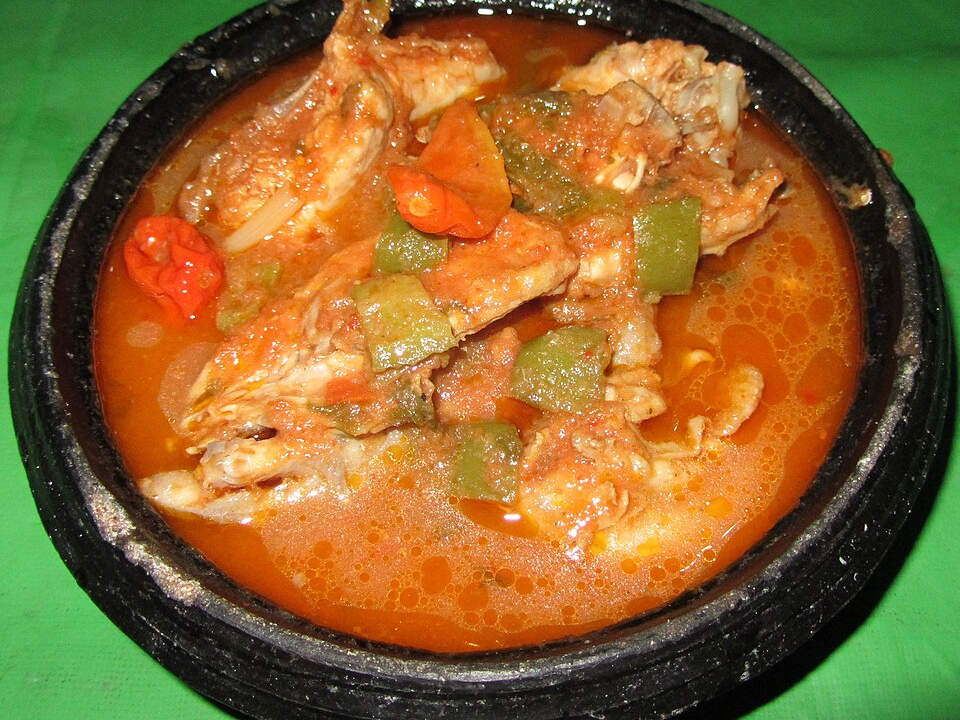
Kedjenou is a traditional stew from the Ivory Coast, made with chicken or beef, vegetables, and a variety of spices. The dish is slow-cooked in a clay pot, which helps to retain all the flavors and juices. The meat becomes incredibly tender, while the vegetables absorb the spices, creating a rich and aromatic stew.
Kedjenou is often served with attiéké, a type of couscous made from cassava. The dish is a symbol of Ivorian culture, often prepared during large family gatherings or celebrations. The slow-cooking process and the use of local ingredients make it a unique and comforting meal for anyone lucky enough to try it.
Tacos de Canasta (Mexico)
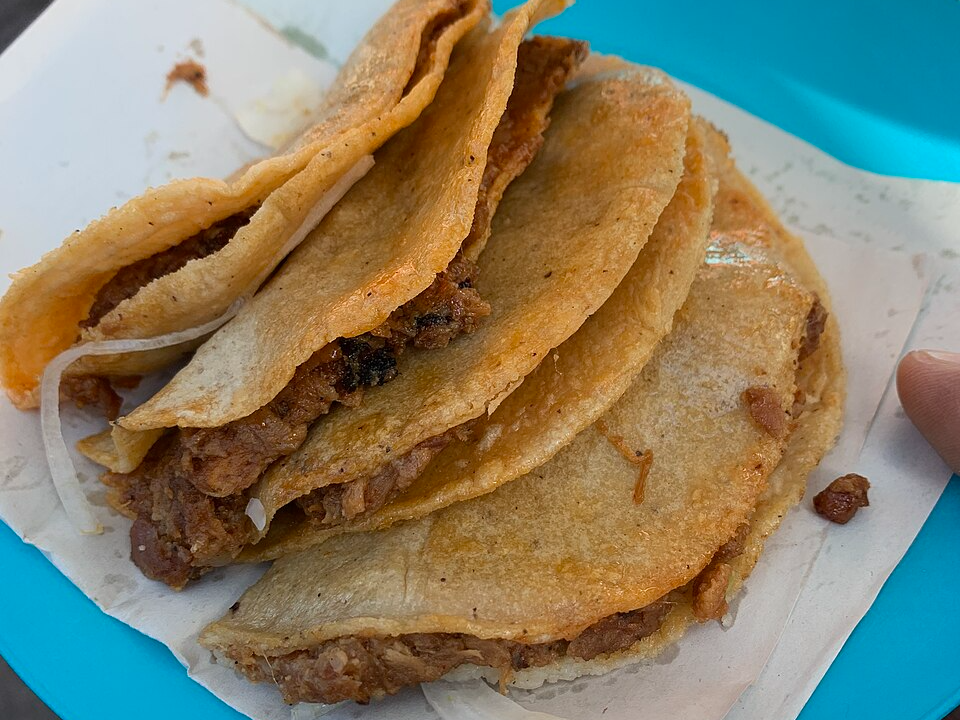
Tacos de canasta, or “basket tacos,” are a traditional Mexican street food consisting of tacos filled with stewed meats such as potatoes, beans, or carnitas. The tacos are stacked in a basket and left to steam, which gives them a soft, almost soggy texture. This dish is often sold by street vendors, who carry the baskets through the streets, making it a convenient snack for busy workers and passersby.
The tacos are typically served with a variety of salsas and pickled vegetables, which add a tangy contrast to the rich, flavorful filling. Tacos de canasta are a beloved part of Mexican food culture, particularly in Mexico City, where they are a popular choice for breakfast. Their simplicity and versatility make them a go-to comfort food for many Mexicans.
This article originally appeared on Avocadu.
